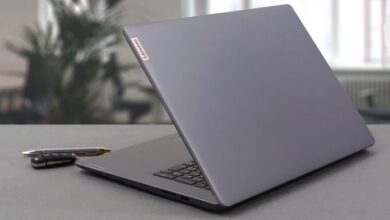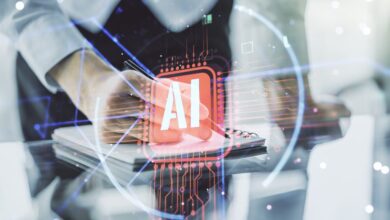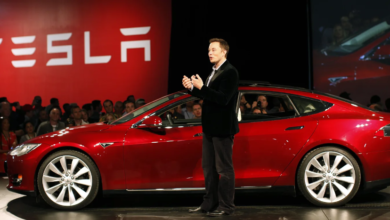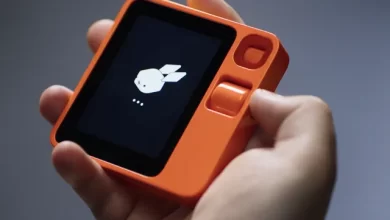Consumer Reports has deemed Tesla’s Autopilot recall solution as ‘inadequate’
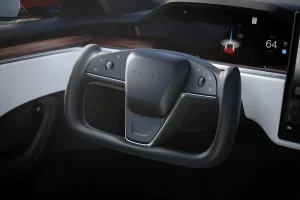
“According to insights from Kelly Funkhouser, the associate director of vehicle technology within the nonprofit organization, it has come to light that while using Autopilot, there remains a method to obscure the cabin camera. This discovery implies that drivers retain the ability to deactivate one of the car’s primary monitoring systems, crucial for assessing their attentiveness to the road.”
Funkhouser reported a lack of discernible differences while engaging Autopilot’s primary feature, Autosteer, outside designated highways—a deviation from Tesla’s intended usage. While the assessment isn’t exhaustive, it underscores lingering uncertainties about Tesla’s driver monitoring system, a pivotal aspect of the recent recall.
The group, known for its critical analysis of Tesla’s technology and vehicles, intends to conduct more extensive testing in the upcoming weeks. Funkhouser clarified that Consumer Reports hasn’t yet assessed other modifications, such as enhanced visual alerts on the Model 3 sedan and Model Y SUV, as the software update was solely received on their Model S sedan.
Additionally, Tesla implemented a suspension policy triggering a one-week deactivation of Autopilot upon detecting “improper usage.” Funkhouser, however, noted no encounter with such a situation during two drives spanning 15 to 20 miles each.
The recent recall impacting over 2 million cars across the U.S. and Canada arrives amidst a prolonged investigation by the National Highway Traffic Safety Administration (NHTSA). This scrutiny has primarily honed in on Tesla’s Autosteer feature, designed to keep vehicles centered within lanes on controlled-access highways, navigating curves adeptly.
Tesla’s directive to drivers emphasizes the need to maintain focus on the road and keep hands on the wheel while using Autosteer, monitored through a combination of steering wheel torque sensors and, in newer models, an in-cabin camera. However, the NHTSA has expressed reservations about the adequacy of these checks in preventing misuse, deeming them insufficient in recent documents.
Interestingly, Tesla’s Autosteer isn’t confined to controlled-access highways; drivers can activate it on other roads meeting specific conditions, like visible lane markers. As part of the recall, the NHTSA has mandated Tesla to incorporate “additional checks upon engaging Autosteer” outside controlled access highways and approaching traffic controls.
Some Tesla owners speculated that this could lead to limitations similar to how Ford and General Motors handle their Blue Cruise and SuperCruise systems. Amidst concerns, a few explored disconnecting Tesla’s radios to evade potential updates. However, initial assessments indicate that extreme measures might not be necessary. Despite Tesla’s mention of enhanced driver monitoring in the latest update release notes, it’s unclear if substantial changes were implemented.
The ambiguity lies in the lack of explicit details regarding the modifications made to the camera’s attentiveness monitoring capability in this update. NHTSA refrained from comment, redirecting queries to Tesla, which no longer maintains a dedicated press department. Analysts and testers like Funkhouser find the updates lacking in clarity and specificity, making it challenging to discern the exact alterations made by Tesla.
“None of this is very prescriptive or explicit in terms of what it is they’re going to [change],” Funkhouser remarked, summarizing the prevailing uncertainty surrounding Tesla’s adjustments.
